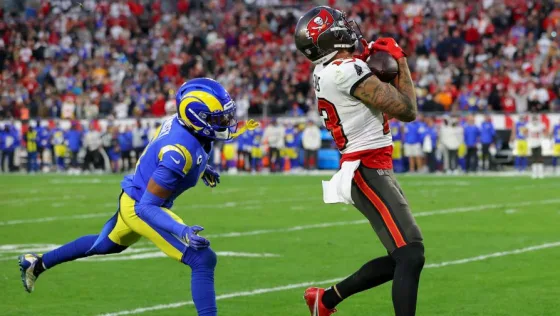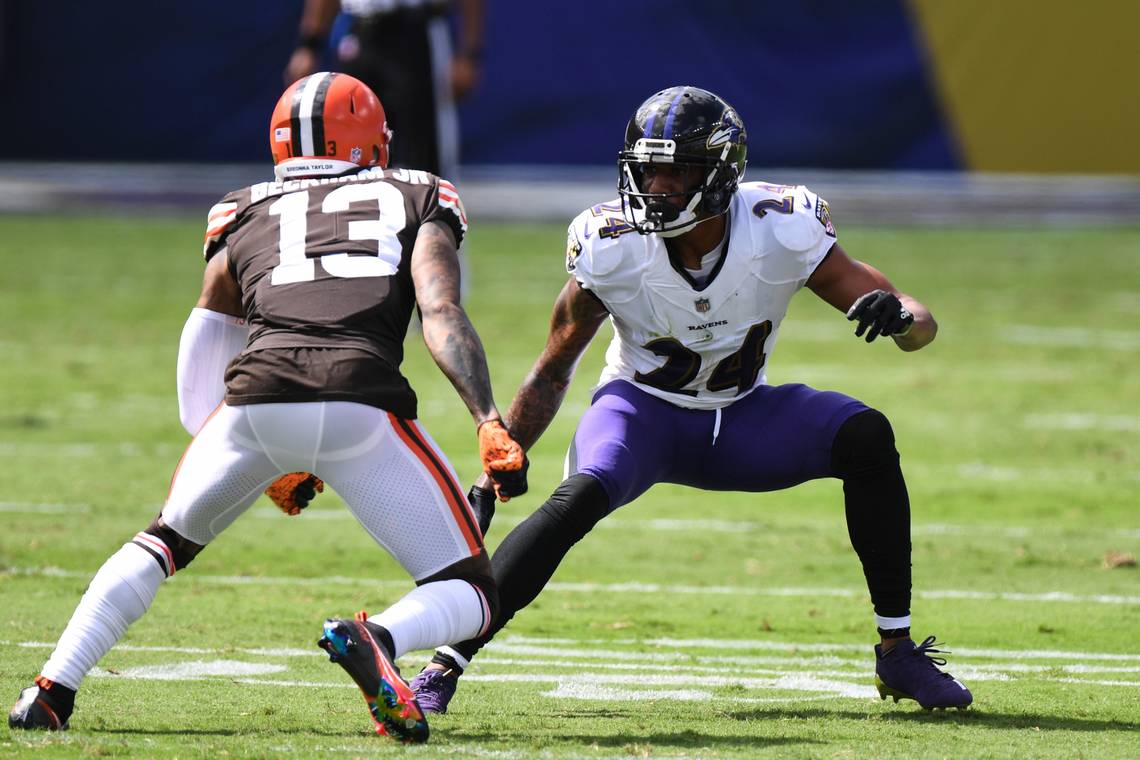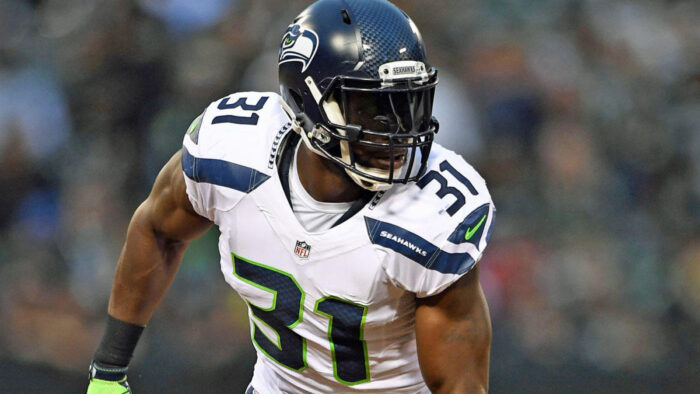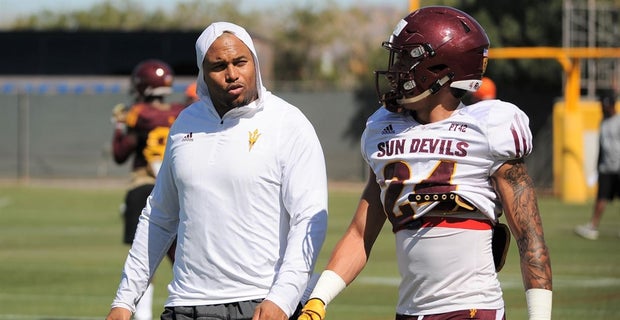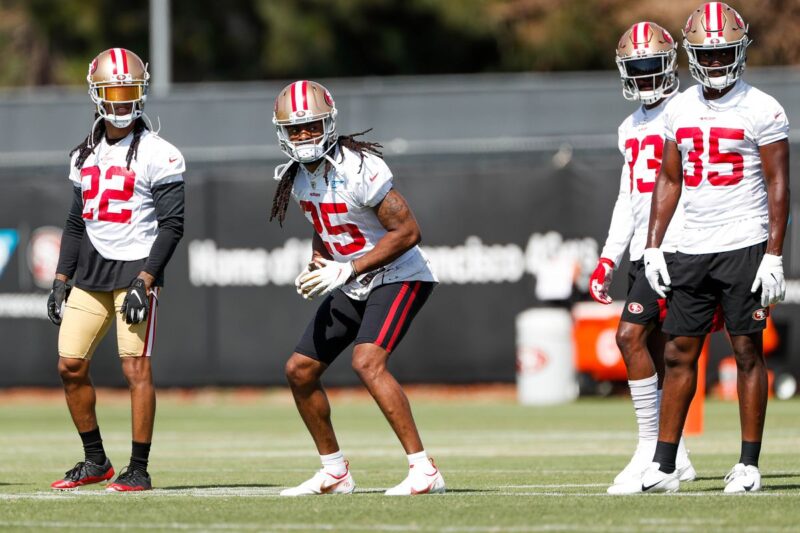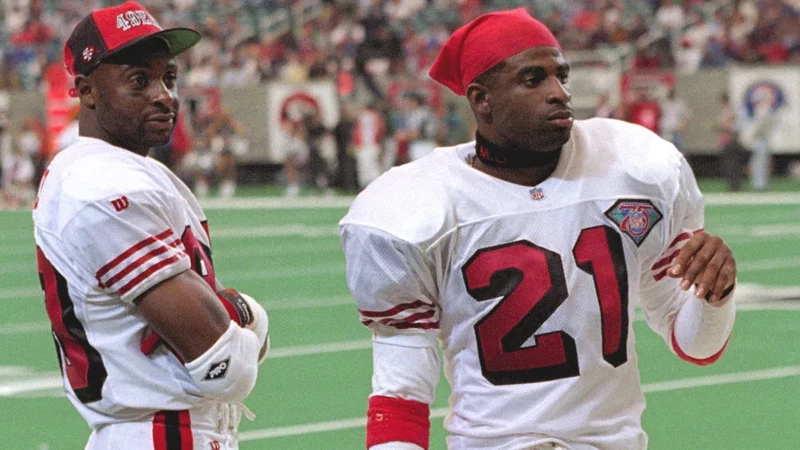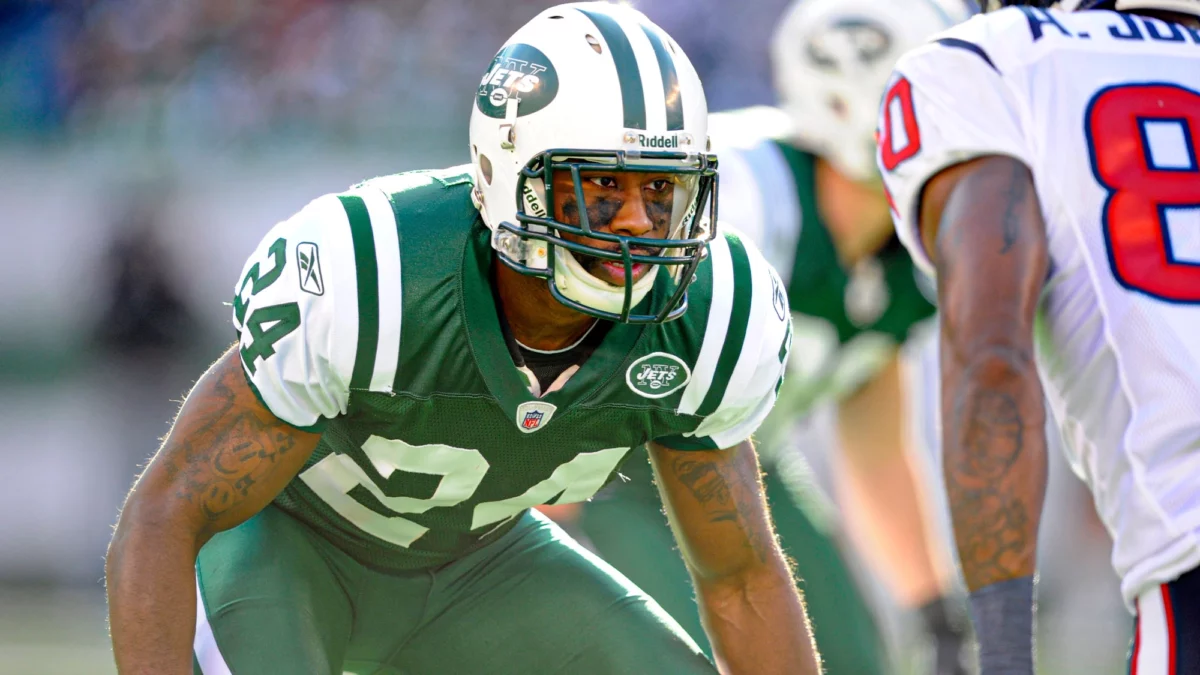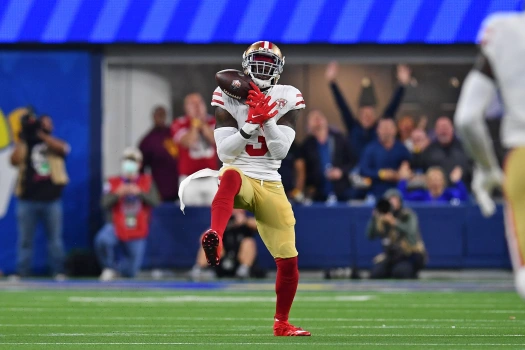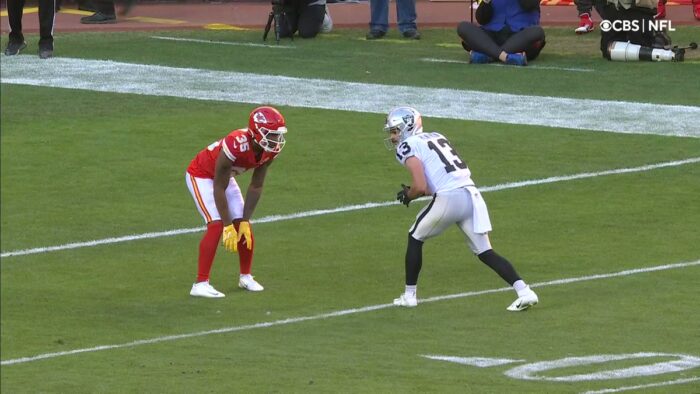You kind of missed the jam at the line of scrimmage, the receiver got a step on you and you are in chase mode. You are running like a bat out of hell to catch up but you’re not reeling him back in. In the midst of your panic you become faintly aware of the buzz of the crowd. ‘The ball is coming’. As you stride with seemingly a ton of hope wrapped around your legs, you see the ball fall into that wide receiver’s hands and he’s off to the races. You’re moving in slow motion now having an out of body experience. You can’t believe this is happening.
If you have played the defensive back position, you have experienced what I just described. Perhaps it wasn’t just like that but you have given up a big play and or touchdown. The moment that receiver hits the end zone, the mindset must be on to the next. For those who have not played this position or the game, that thought might seem careless. However, for those of us who have, that mindset is about survival.
In this day in age where common folks get to make their voice heard on social media as many times as they want and in as obnoxious a fashion as they please, it is tough not to give thought to what some people may have to say about the play you just gave up. Not to be rude but who the %$#@ cares what a fan who has never walked in your shoes thinks about what you are doing out there? Three people matter when you are out on the field: your coaches, your teammates and yourself. The one person you are in control of though is you and I am telling you that you must forget that play quicker than it happened.
Here’s the plus side to giving up a big play. It’s an invitation for the offense to try you again. This is a good thing unless you decide to remain hung up on the error you made. If your mindset is not “they got lucky” then you might find yourself unlucky. Of course, you have to quickly learn from what happened on the play in question. Was it a miscommunication in the coverage? What is it an error in technique? Quickly determine what the problem was and file it away.
What you can’t do is go shaking in your boots and have PTSD. As I mentioned before, the offense is coming again. If the thought of that makes you sick to your stomach then you might not be built for this. If that thought excites you then you are on your way to being the playmaker that your team needs. Certainly you don’t want to be a guy that gives up big plays on the regular but you must realize that they happen. When they do, you must get excited about what’s coming next. What’s next is an opportunity and you must be prepared mentally to take advantage of it.
So after you give up the big one, tighten up on your technique, get some positive energy in your mind and prepare yourself to be the man when the quarterback rolls the dice in your direction and comes up ‘snake eyes’.

